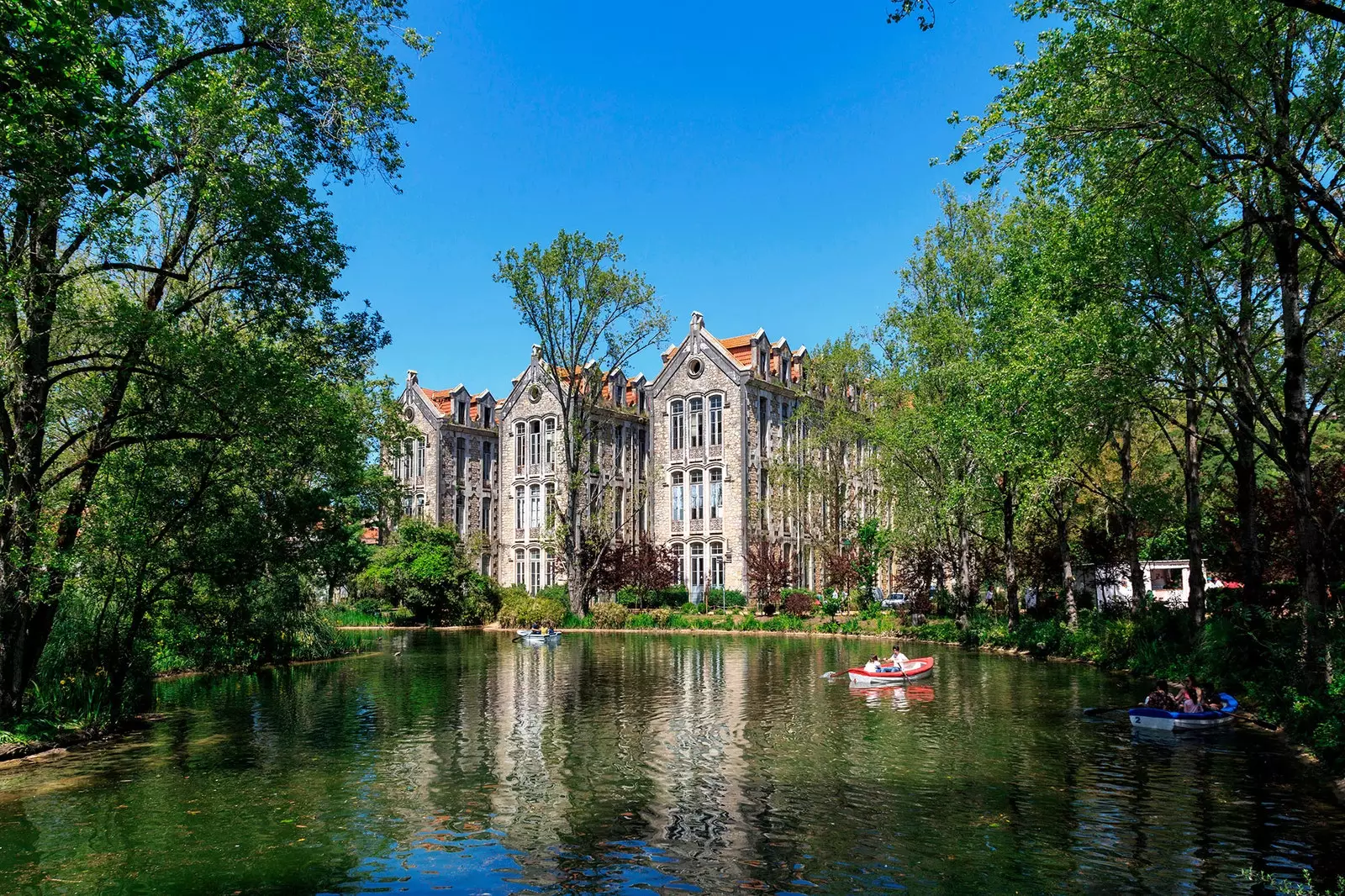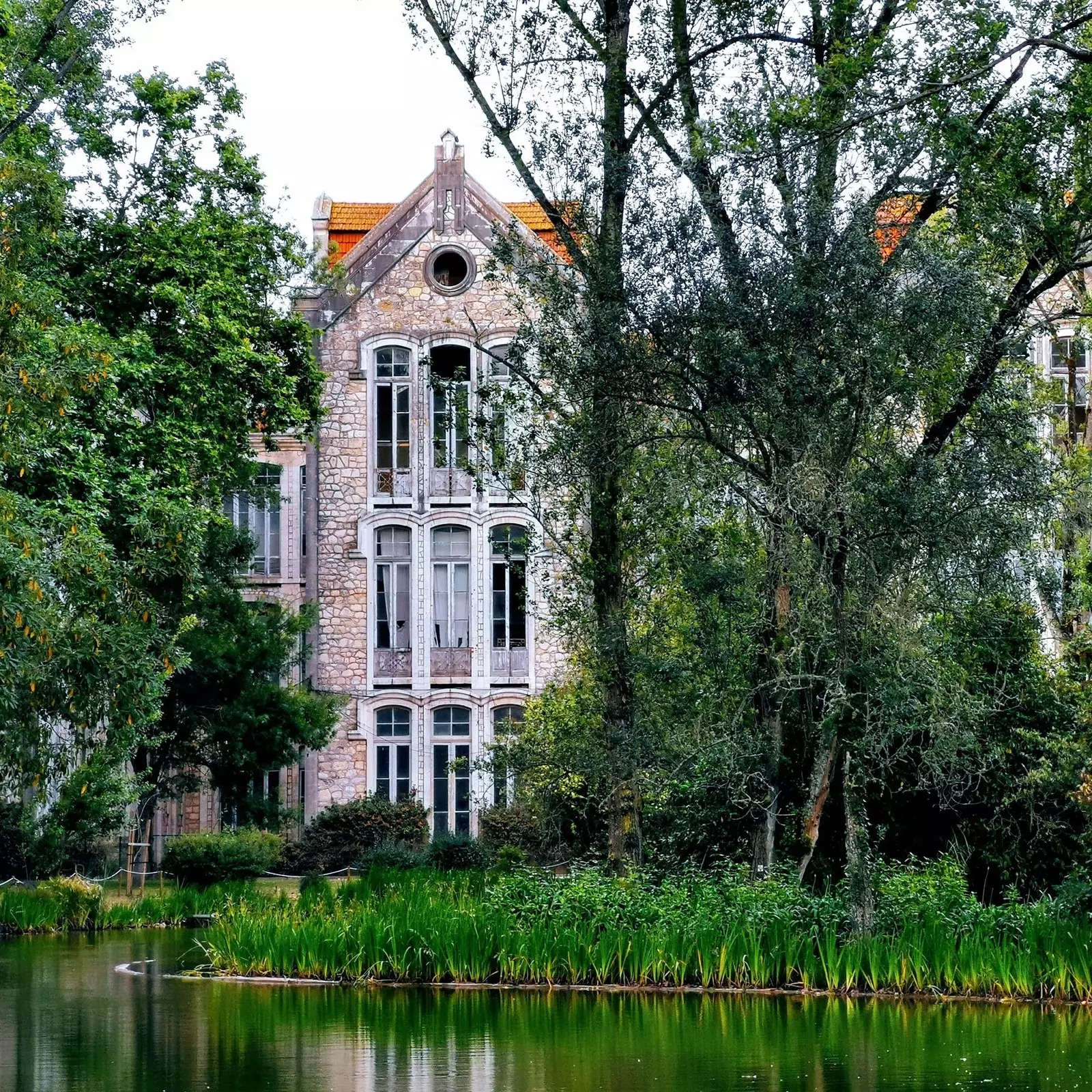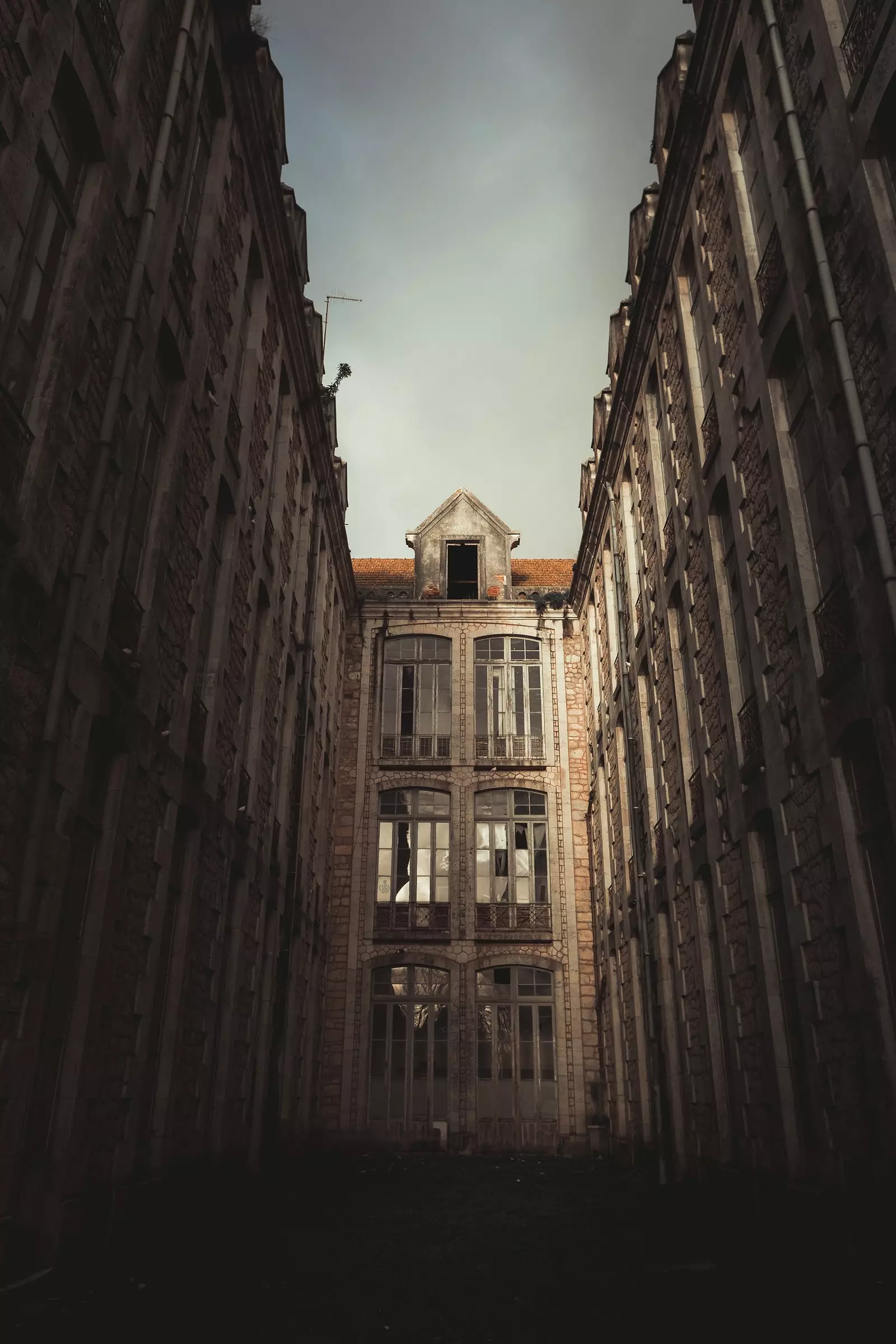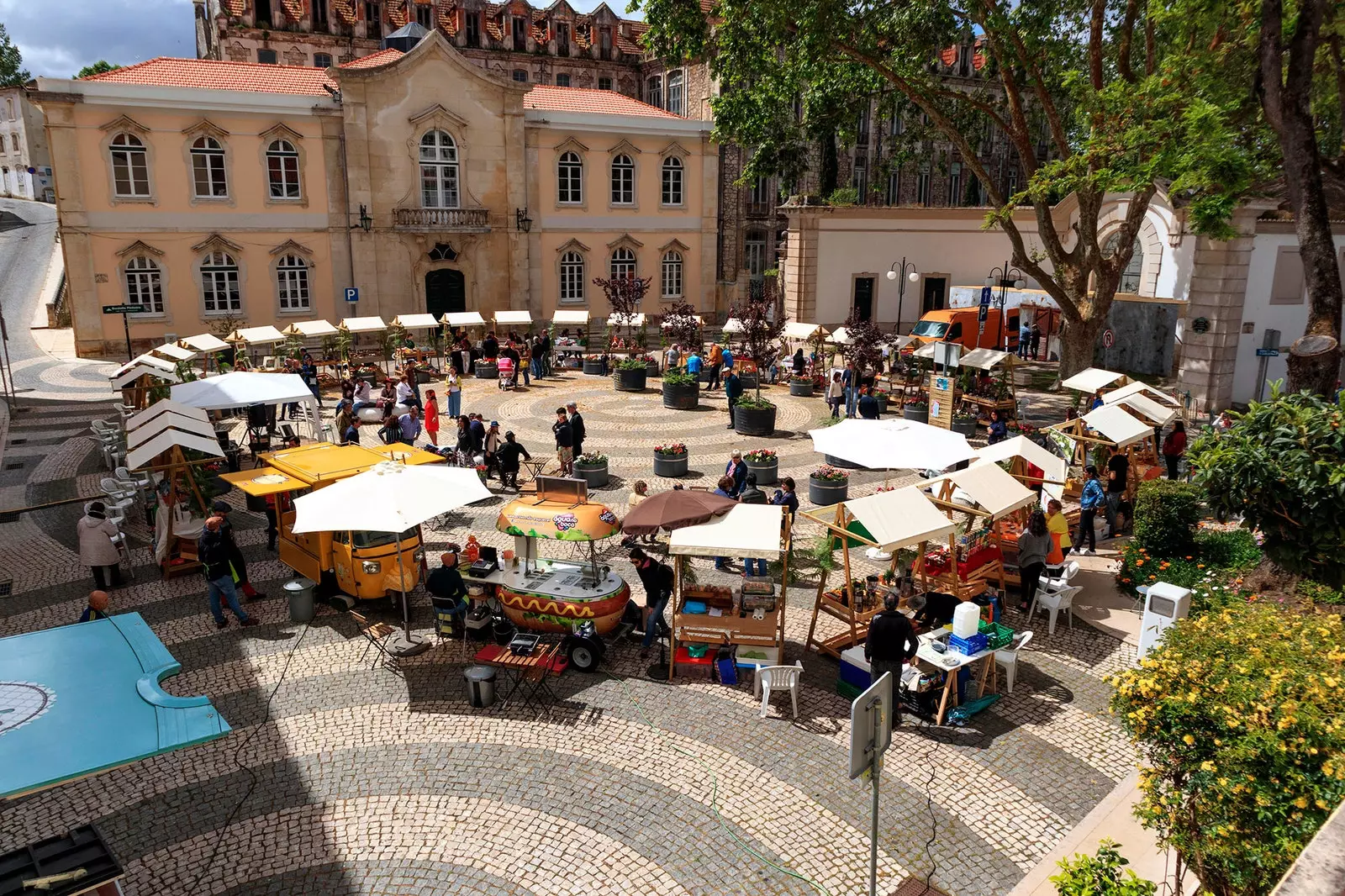
Caldas da Rainha, possibly the most relaxing city in Portugal
keep an eye on the portuguese map when the holidays are approaching (or when you come out of a period of confinement that has become eternal) it has something therapeutic. Because you know that it can surprise you, even to those who think they know it all by having been to Lisbon and Porto, spending the summer on the science-fiction cliffs of the Algarve or discovering the design customs of the Alentejo (and not precisely in that order).
The point is that, in the case of Portugal, the surprise is always guaranteed. The last great discovery has been Caldas da Rainha, a spa town located in the Centro region of Portugal, very close to the sea but without coast. A detail that, by the way, is not important even in summer.

Queen Doña Leonor ordered the construction of a thermal hospital where there was only a swamp
Her name says a lot: It is the city of the queen's thermal baths. What Queen? Doña Leonor, the wife of the King of Portugal Don João II. Or maybe we should say the first influencer or coolhunter of the moment. In the fifteenth century she became the first public and renowned person to spread the healing properties of the hot springs in the area, very rich in springs, to which she arrived almost by chance on a trip on the way to the Batalha monastery (an architectural jewel, by the way, in whose unfinished chapel Daenerys Targaryen and her dragons could well have had her house).
The queen, grateful for having found in these waters the cure for a wound that she could not heal with any treatment, she ordered to build a thermal hospital where there was only a swamp. And with it she managed to build the first thermal hospital in the world (1845) so that all who came (like her) to cure her ills in the steaming mud could do so with certain comforts; name the city that began to grow around the hospital; Y place it on the map of Portugal.

The ghostly corridors of these abandoned pavilions are a paradise for urbex lovers
The curious thing is that we have not come to the city of water alone Let's see if what they say about its thermal properties is true (great for treating osteoarthritis, inflammatory rheumatism, sinusitis, rhinitis and other diseases of the respiratory tract). Nor to walk, as lovers of the urbex, by the ghostly corridors of the abandoned pavilions that preside over the romantic gardens of the Don Carlos I park, an ambitious project to expand the thermal hospital (with a hotel and recreational areas in the style of the spas of nineteenth-century France), which never saw the light of day due to the criticism and suspicion it raised among the population. There was fear that too much attention would be paid to tourism, to the detriment of the inhabitants of Caldas (could this be the germ of sustainable tourism?).
What has really brought us to Caldas is the link between the city and one of the great geniuses of Portuguese ceramics: Rafael Bordallo Pinheiro. A 19th century costumbrismo artist, a caricaturist of everyday life and an icon of Portuguese ceramics. Pinheiro is the founder of the Faianças factory in Caldas da Rainha, the place where the popular earthenware of the city was born.
Today is the factory, museum and shop (outlet included) dedicated to the master of sarcasm and gastronomic devotion made of earthenware, a place from which it is impossible (and unthinkable) to leave without a cabbage salad bowl, a tomato-shaped tureen or a complete crockery set in the shape of a fish. Little word.
The presence of this factory justifies many of the symbols that we have been seeing while walking through the mosaic shaped cobblestone city (you know you're in Portugal just by looking at the ground) and that confirm the admiration that Bordallo has around here. What if one flock of black porcelain swallows on a facade , a family of giant snails in the middle of the square, a frog pouring water through its mouth into a fountain, a human-sized porcelain peasant… and thus up to 20 more figures from the Portuguese popular universe that can be discovered by following** the Bordalliana route.** In addition to the presence of hundreds of imitations of Pinheiro in the windows of neighboring shops and businesses.
It is his legacy. That, and his contribution to the most current food stylist, because there is no gastronomic photo that is worth if he does not have an earthenware plate inspired by one of his famous Portuguese creations. We know what we are talking about.
In Portugal eating well is almost a religion. And Caldas was not going to be less. Maybe that's why it's here the only daily open-air fruit and vegetable market in the country. And finding it is very easy: just direct your eyes from the Thermal Hospital to the fruit square, a location that owes its name precisely to the existence of this market devoted to local products and kilometer zero since the fifteenth century.

The only daily open-air fruit and vegetable market in the country
In addition to very fresh fruits and vegetables, be careful not to walk past their stalls and not snack some of its sweet temptations, such as cavacas or beijinhos, two desserts of conventual origin very typical of Caldas. And perfect to get a very good taste of the city.
If you take a walk through the beach of Foz do Arelho, just over ten minutes by car from Caldas, the memory will be indelible. And your desire to return to Portugal is immense (like mine right now).
